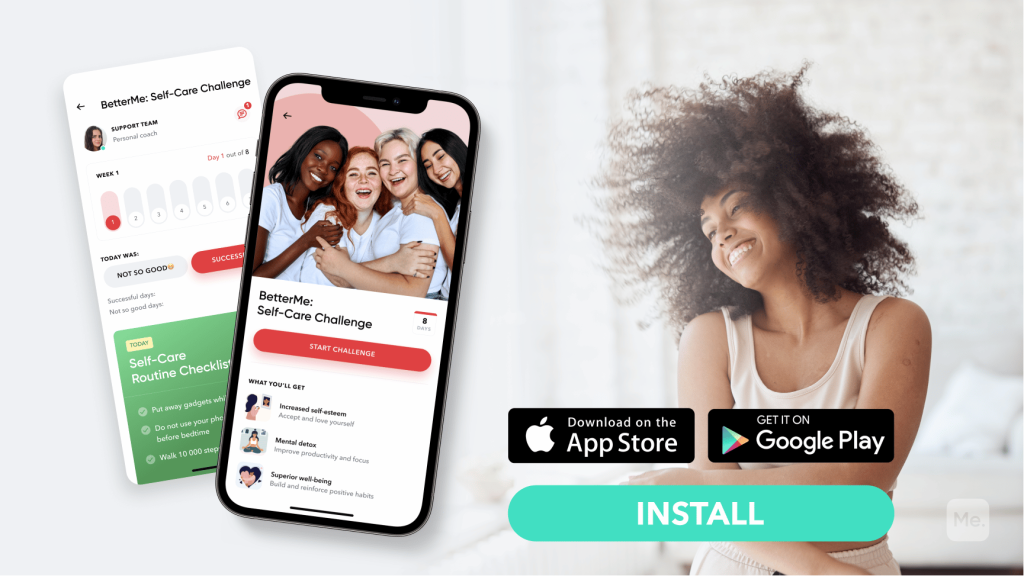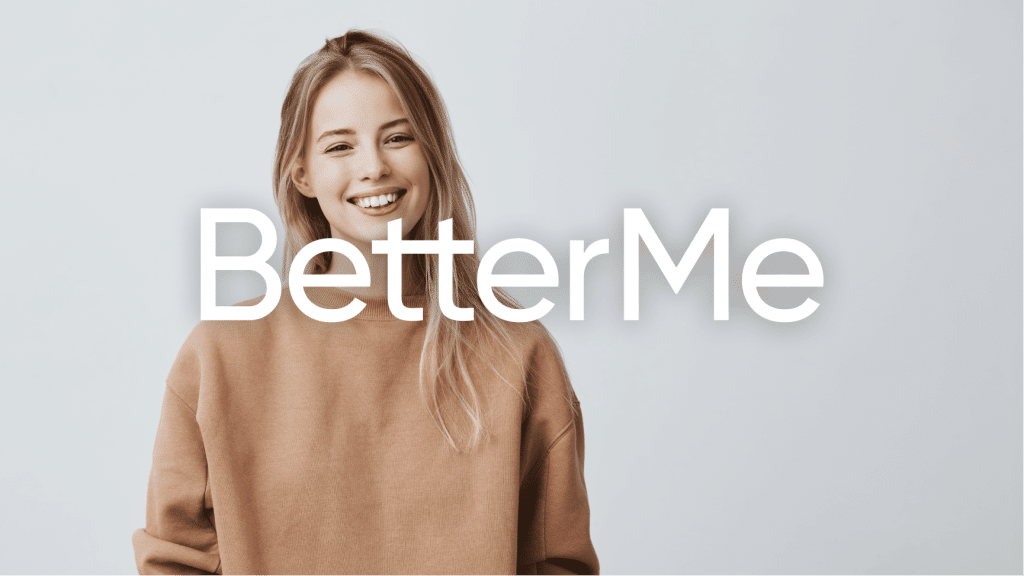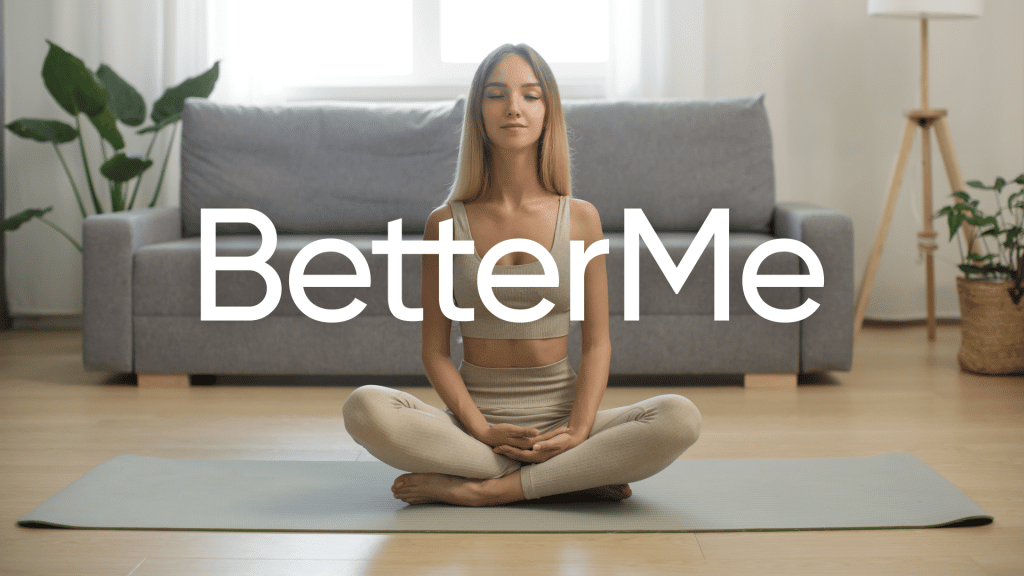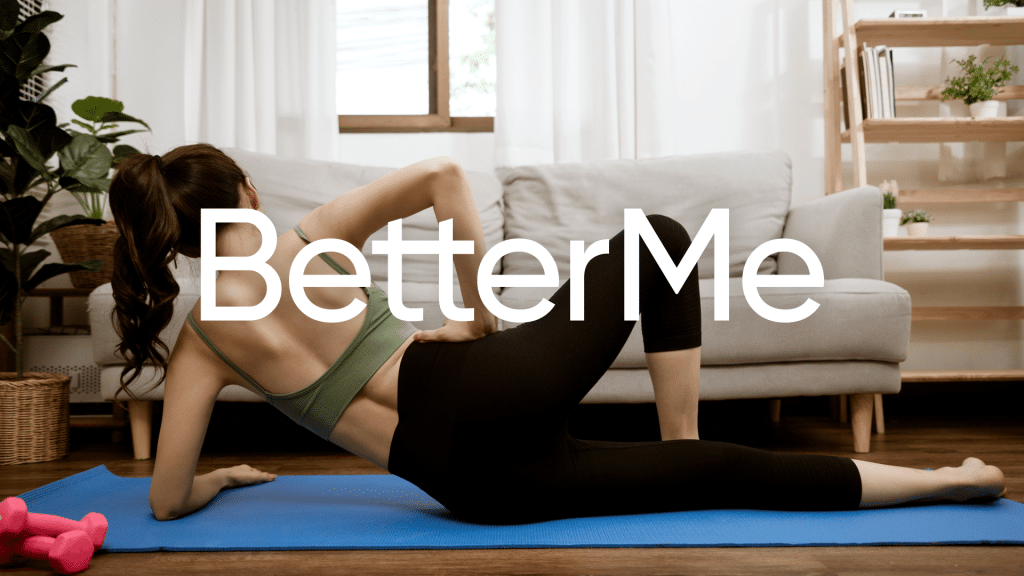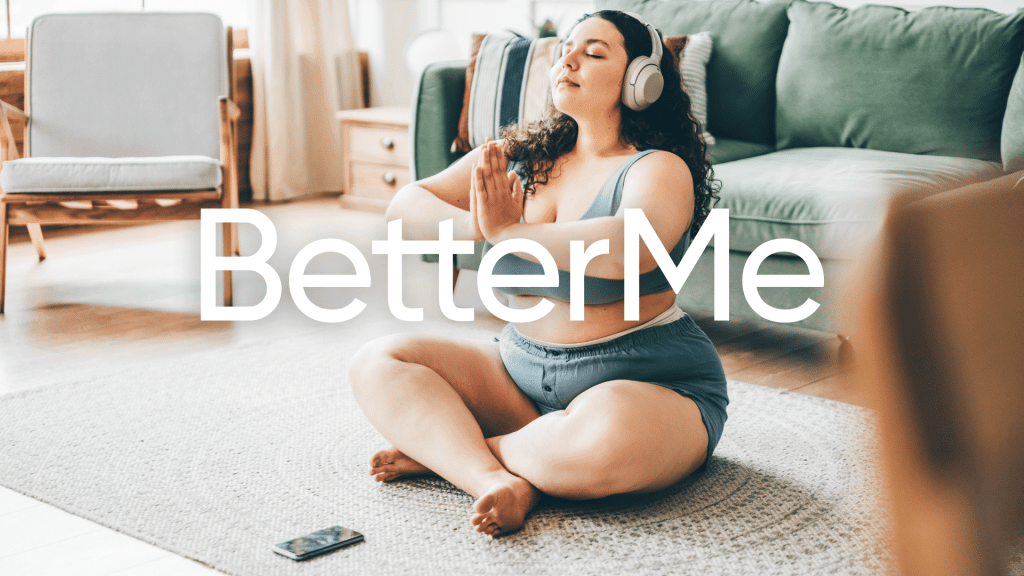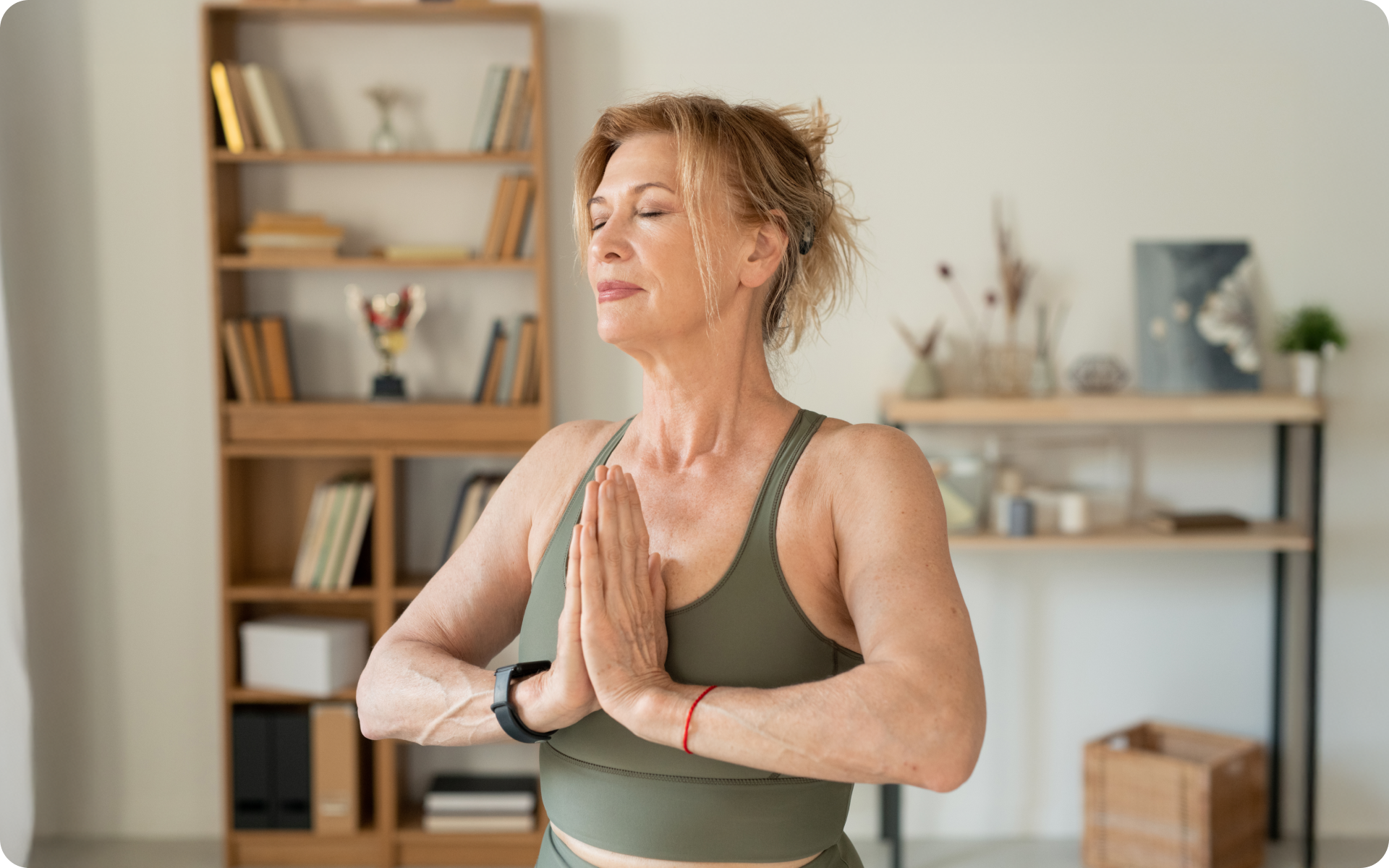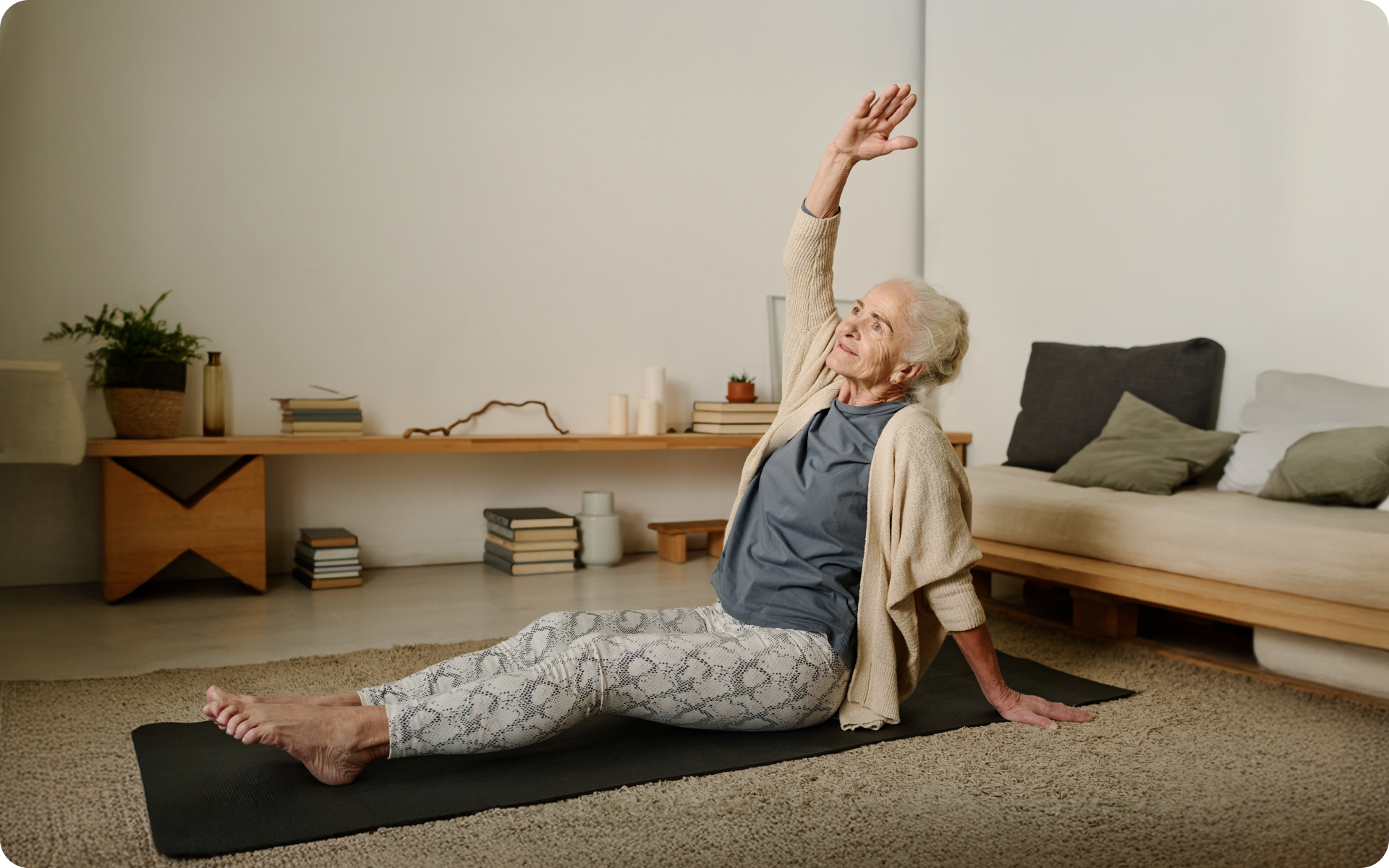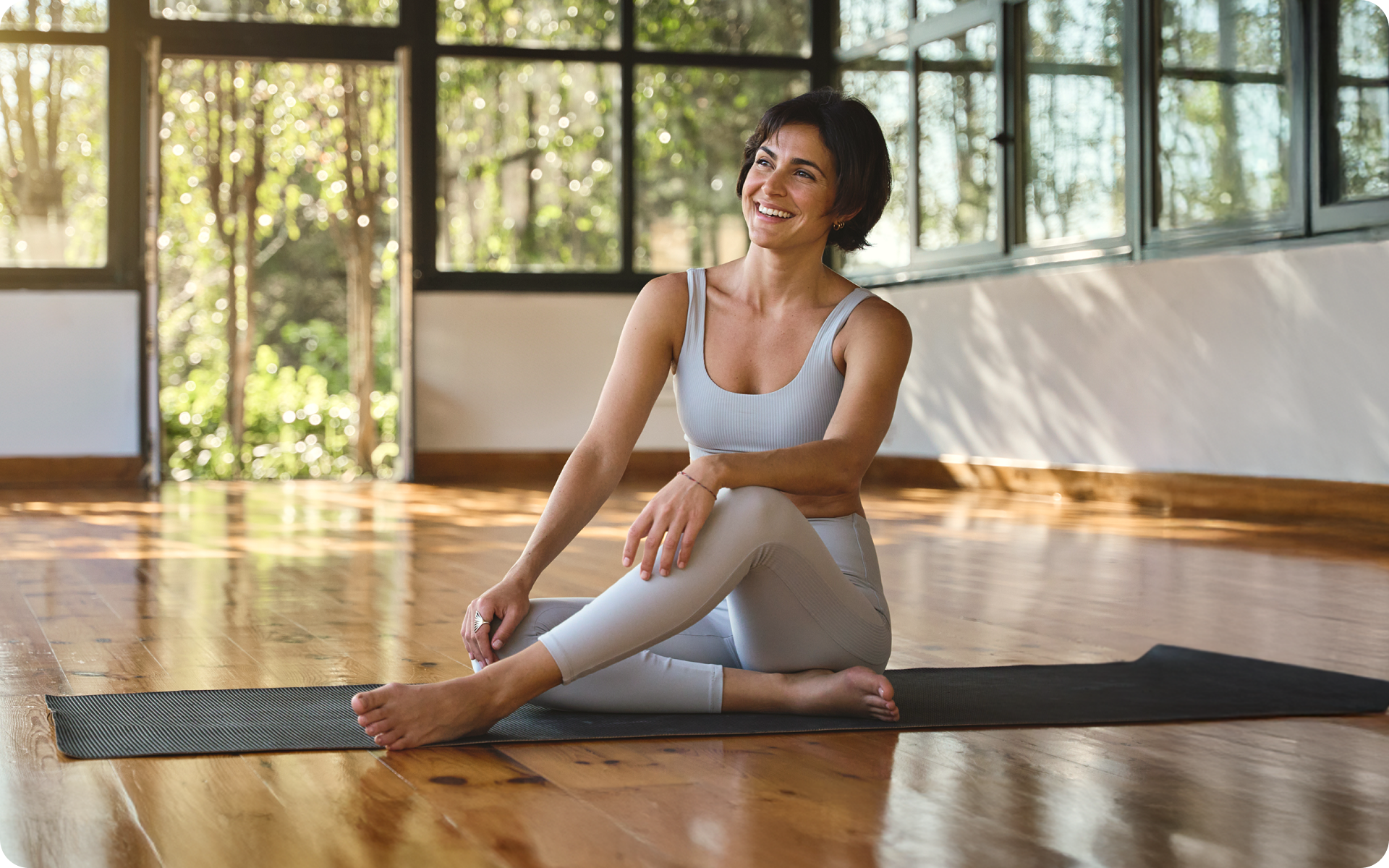If you’re like most people, you probably spend a lot of time sitting on your sofa. And while it’s comfortable, it’s not exactly good for your health. A sedentary lifestyle can lead to a host of health problems, including obesity, heart disease, and even cancer. Luckily, there’s a simple solution: yoga. Yoga is a great way to get your body moving and improve your overall health. And the best part is that you don’t need to go to a studio or spend hours practicing. Turn to Sofa Yoga instead. Sofa Yoga is a unique program that helps you get the most out of your yoga practice, whether you’re a beginner or a seasoned pro. It offers a variety of yoga poses and exercises that you can do right from the comfort of your own couch. Sofa Yoga is perfect for anyone who wants to reduce stress, increase flexibility, and get in shape without having to leave the house. And best of all, it only takes minutes a day to see results.
Get your personalized
meal plan!
What Is Sofa Yoga?
Sofa Yoga is a unique yoga program that allows you to do yoga poses and exercises right from the comfort of your own sofa. This program includes a variety of yoga poses and exercises that you can do to reduce stress, increase flexibility, and get in shape.
This form of yoga is based on the principle of Hatha Yoga, which is a type of yoga that focuses on physical and mental health.
The goal of Hatha Yoga is to improve your overall health through doing yoga poses that stretch and strengthen your body. While doing the poses, you will also be focusing on your breath.
This focus on your breath is what allows Sofa Yoga to work its magic. When you focus on your breath, it helps to calm and center your mind. This, in turn, leads to a reduction in stress and anxiety.
Who Can Benefit From Sofa Yoga?
While everyone can do sofa yoga, some people may find it easier to do sofa yoga instead of traditional yoga. They include;
- The elderly who have limited mobility
- People who are new to yoga.
- People with limited mobility due to injury, or chronic health conditions such as arthritis.
- Individuals looking to add movement into their daily routine.
Benefits Of Sofa Yoga
Research has shown that yoga helps increase balance, flexibility, and muscle strength. Yoga also helps ease pain, reduce inflammation, manage stress, and help you sleep better and relax (4).
Sofa yoga has all the benefits of traditional yoga. Here are some of the benefits you will enjoy from practicing sofa yoga.
Better Strength And Flexibility
Yoga poses involve stretching different muscles in different ways. This stretching results in an increased range of motion thus increased flexibility (5).
The slow movements and deep breathing also warm up and increase blood flow to muscles. Holding a pose also helps build muscle mass resulting in increased muscular strength (5).
Read More: Easy Sofa Yoga Routine For Flexibility
Relaxation And Stress Management
Yoga encourages mental and physical calmness. This can help you deal with anxiety and stress. There are many components of yoga – poses, breathing, mindfulness, and meditation.
The poses help stretch and relax the body. Breathing and meditation on the other hand help control your body, calm the mind and promote awareness.
Several studies associate yoga practice with reduced levels of stress and anxiety and increased energy and positive feelings (7) (10).
Pain Relief
Chronic pain affects about 10% of the world’s population (11). Chronic pain results in decreased quality of life and increased medical costs.
Besides the use of medications, alternative therapies such as exercise, yoga, acupuncture, tai-chi, and mindfulness-based stress reduction (2).
Some studies show that yoga may be helpful in the management of pain (3) (6) (13). Yoga helps to stretch, relax and ease the tension in the muscles. This may result in pain relief.
Higher Quality Of Life
Quality of life (QOL) is defined as the degree to which any individual is healthy, comfortable and able to engage in and enjoy life events. It is the perceived quality of a person’s daily life (12). QOL is thus used to assess well-being.
Standard indicators of quality of life include wealth, employment, physical and mental health, safety, security, and freedom.
Quality of life (QOL) is believed to be an indicator of longevity. Research links a better quality of life and health-related quality of life to decreased mortality risk (8).
Research shows that yoga positively influences the quality of life in the mental, physical and environmental spheres (9).
Beginner-Friendly Sofa Yoga Poses
There are several yoga poses you can do while on the sofa. Some are more engaging than others but all are beneficial. Start with uncomplicated poses.
Here are 5 basic sofa yoga poses you can start with:
Easy Pose (Sukhasana)
This is one of the most basic yoga poses. The easy pose helps open up the hips, stretch the knees and ankles and strengthen the back.
This pose is particularly helpful for pregnant women. It helps open the hips, strengthen the spine, boost mood and improve breathing (1).
The easy pose is contraindicated with knee injuries.
To do it:
- Seat on your sofa. Bend your knees and cross your legs at the shins. Slip each foot under the opposite knee and bring your shins toward the trunk.
- Relax your feet such that the lateral sides rest on the sofa and the medial aspects settle below the opposite shin. Make sure there is a comfortable space between your legs and pelvis.
- Keep your pelvis in a neutral position. Don’t tilt forward or back. You can rest your back on the sofa provided you keep your spine in a neutral position.
- Lengthen your upper torso without arching your back or pushing your lower front ribs forward.
- Place your hands in your lap or place them on your knees, palms facing down.
- Sit in this position for the amount of time desired. Remember to alternate the cross of your legs, so that both the right and left leg have equal time on top.
BetterMe is an excellent application for beginners who desire to integrate sofa yoga into their routine. Install the app and learn more about simple but effective body-transforming yoga exercises.
Staff Pose (Dandasana)
Staff pose is a basic seated pose that helps to improve posture by strengthening the back and stretching the shoulders and chest. This pose provides the basic alignment for other yoga poses.
To do the staff pose:
- Sit on the sofa with your legs extended forward.
- Bring your hands next to your hips and straighten your arms. Your palms should touch the sofa.
- Bring your big toes to touch each other while leaving a gap between your heels.
- Bend your ankles and draw your toes back.
- Press forward with your toe mounds. Rotate the inner thighs in and press down with your thigh.
- Extend your sternum from your navel and widen your clavicles.
- Inhale to lengthen the back.
- If possible, stay for 5 deep breaths with the legs fully engaged. To exit the pose, release your arms and legs.
Seated Forward Bend (Paschimottanasana)
This pose entails extending the upper half of your body while sitting on the lower half. It helps stretch the entire back and increase flexibility. It also stretches the neck muscles, abductors, hamstrings, and calves.
Other perks of this pose include calming the mind, improving posture, and easing the symptoms of tension such as headache and post-workout muscle soreness.
To get into the seated forward bend:
- Start by getting into the staff pose, sitting on the sofa legs extended, arms beside hips, and palms on the sofa.
- Inhale. Keeping your torso extended, exhale, and lean forward at the hips. Lengthen your spine to bend towards your legs, without rounding your back.
- Move your hands out along the side of each leg as far as they can stretch. If you can reach your feet, hold the sides with your hands.
- With every inhalation, lift and lengthen your trunk slightly, and with every exhalation, release it more fully into the forward bend. If you are holding your feet, flex your elbows outwards and raise them from the floor.
- Stay in this pose for 1 to 3 minutes.
- To exit the pose, release your feet then inhale and lift your torso.
Ensure you always maintain a flat back. Also, don’t force yourself into the forward bend. If you have tight hamstrings, flexing your knees will make the pose easier to do. This also reduces the pressure on your diaphragm and abdomen.
Sphinx Pose (Salamba Bhujangasana)
The sphinx pose helps to strengthen the back muscles, tighten the glutes, and helps to counteract the hunched posture by opening up the lower back.
If you are pregnant or have serious back issues, don’t attempt this pose.
To do it:
- Lie flat on your stomach then push your pubic bone towards the sofa. Place your elbows directly below your shoulder blades.
- Press the top part of your feet onto the sofa and engage your kneecaps and front thigh muscles (quadriceps).
- Inhale, then press firmly into your palms and forearms and lift your upper body.
- Create space between your neck and shoulders. Keep your gaze neutral.
- Breathe deeply and hold. Let your forearms support your upper body for about a minute. Exhale.
Read More: Sofa Yoga For Seniors – A Safe And Effective Exercise For Older Adults
Half-Cobra (Ardha-bhujangasana)
The half-cobra pose stretches muscles in the shoulder, chest, and abdomen. It decreases stiffness in the back, helps increase flexibility, and strengthens the arms and shoulders.
Again, don’t attempt this pose if you are pregnant or have serious abdominal issues.
To do this pose:
- Start by lying across your sofa, face down. Place the elbows below the shoulder blade. The palms of your hand should touch the sofa.
- Your big toes should touch one another. If you have back problems, you can spread your feet apart. This decreases pressure on the back.
- Slowly press into your palms and gently arch your back. Your forearm should not be in contact with the sofa as in the sphinx pose. Your chest should face forward.
- Inhale and stay in this pose for 15 to 30 seconds. Breathe normally. Once you master the pose, try holding it for about 2 minutes.
Is Sofa Yoga Safe?
Yes, sofa yoga is safe. Sofa yoga can be done anytime, any day by people of all ages and gender.
Before attempting any yoga asanas, you should check in with your doctor, especially if you are pregnant, have medical problems such as blood pressure, or have previous injuries.
While some poses may be contraindicated for pregnant women, most poses can be done by them. In the case of a person with injury, modifications of a pose may be necessary or avoidance may be advised.
In all cases, caution is advised. This entails avoiding the use of force, not straining, and coming out of a pose if you experience numbness or feel pain.
Note that it is okay to feel a little uncomfortable during a pose but you shouldn’t experience pain. You may also feel a little sore afterward but the soreness typically lasts 1 to 2 days. If it lasts longer than that, take a break or see a doctor.
How To Get Started With Sofa Yoga
Here are tips to help you get started with sofa yoga:
- Start Slow: Ease into the practice slowly. Start out with simple poses and short sessions. Your yoga sessions can be as short as 5 to 15 minutes or as long as 45 to 60 minutes.
- Pay attention to what your body is saying: You should listen to how your body reacts to yoga. If a pose feels uncomfortable or painful, stop doing it. If you are experiencing numbness and discomfort, get some rest.
- Warm-up and cool down: Just as with any other form of physical activity you need to warm up and cool down your body. Try warm-up poses such as pelvic tilts, leg stretches, eagle arms, easy twists, and cat-cow poses. Cool-down poses you can try include happy baby, legs up the wall, supported bridge, and corpse pose
- Wear comfortable stretchy clothes: Wear clothes you are comfortable with that are made from stretchy and breathable material. Don’t wear clothing like jeans.
- Breathe: Breathing is essential in yoga practice. Inhaling and exhaling while doing a movement helps your muscles and body in general, relax.
- Use a stable sofa: With this type of yoga, all you need is a sofa. Make sure it is comfortable and firm so that you can maintain your balance.
- Relax: Yoga is about relaxation and meditation. Don’t worry whether you will get it right or not. Everything takes time to master and perfect. So focus on your breath, relaxing and calming your mind.
How The BetterMe App Helps You Get Started With Sofa Yoga
The BetterMe app is here to breathe new life into the tired old weight loss technique. It is designed to help you shed pounds regardless of whether you’ve tried and failed before.
The sofa yoga workouts featured in the app only last for a few minutes are clearly demonstrated and are easy to do. But don’t let the short duration fool you – these exercises are just as effective as longer workouts.
In fact, they are often more effective because you can do them more frequently and with greater intensity.
As a beginner, you’ll want to start with the basic poses and work your way up to the more advanced ones. The app will provide you with a step-by-step guide on how to do each pose as well as a brief warm-up and cool-down for a comprehensive workout.
The Bottom Line
Yoga isn’t supposed to be about complicated poses and flexibility but about stretching, breathing, and meditation. Sofa yoga is a great place to start if you are completely new to the practice. All you need is that sofa in your living room.
It is also a great way to get more movement and exercise into your day without any hassle. Remember, yoga is for everyone, modifiable and you can make it as easy or as hard as you like. Why not give it a try?
DISCLAIMER:
This article is intended for general informational purposes only and does not serve to address individual circumstances. It is not a substitute for professional advice or help and should not be relied on for making any kind of decision-making. Any action taken as a direct or indirect result of the information in this article is entirely at your own risk and is your sole responsibility.
BetterMe, its content staff, and its medical advisors accept no responsibility for inaccuracies, errors, misstatements, inconsistencies, or omissions and specifically disclaim any liability, loss or risk, personal, professional or otherwise, which may be incurred as a consequence, directly or indirectly, of the use and/or application of any content.
You should always seek the advice of your physician or other qualified health provider with any questions you may have regarding a medical condition or your specific situation. Never disregard professional medical advice or delay seeking it because of BetterMe content. If you suspect or think you may have a medical emergency, call your doctor.
SOURCES:
- Benefit of Yoga Poses for Women during Pregnancy (2020, researchgate.net)
- Chronic Pain: In Depth (2018, nccih.nih.gov)
- Effects of yoga on chronic neck pain: a systematic review and meta-analysis (2017, pubmed.ncbi.nlm.nih.gov)
- Exploring the therapeutic effects of yoga and its ability to increase quality of life (2011, ncbi.nlm.nih.gov)
- Exploring the therapeutic effects of yoga and its ability to increase quality of life (2011, ncbi.nlm.nih.gov)
- Integrative effect of yoga practice in patients with knee arthritis (2018, journals.lww.com)
- Medical Yoga Therapy (2017, mdpi.com)
- Quality of life and mortality in the general population: a systematic review and meta-analysis (2020, biomedcentral.com)
- Quality of Life in Yoga Practitioners—Research Conducted on a Population of Polish Yogis (2022, mdpi.com)
- The Effect of Yoga on Stress, Anxiety, and Depression in Women (2018, ncbi.nlm.nih.gov)
- The Global Burden Of Chronic Pain (2014, ubs.asahq.org)
- WHOQOL – Measuring Quality of Life (2012, who.int)
- Yoga for People With Chronic Pain in a Community-Based Setting: A Feasibility and Pilot RCT (2019, ncbi.nlm.nih.gov)


